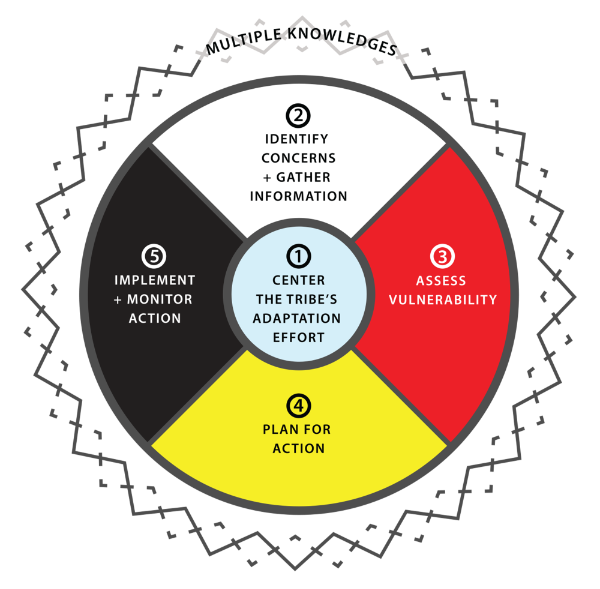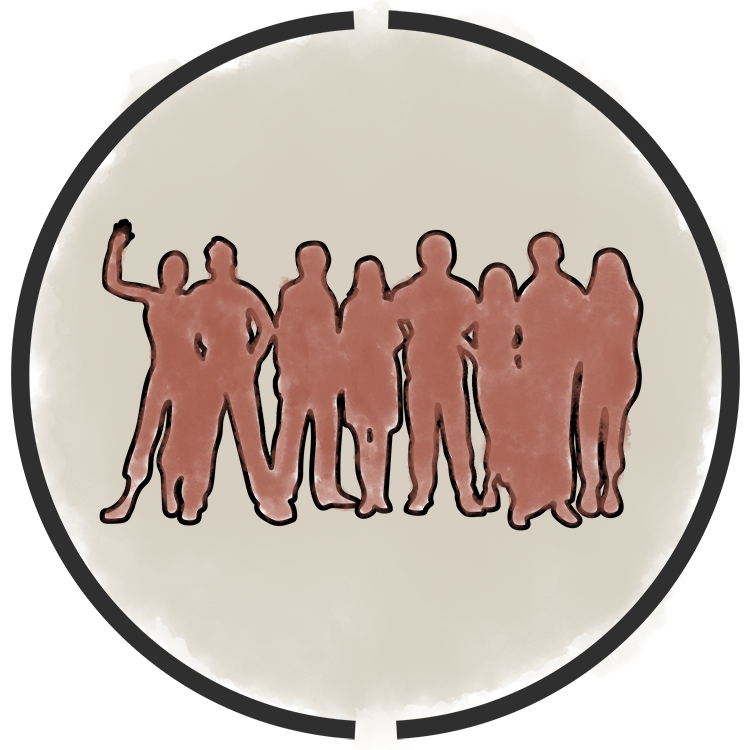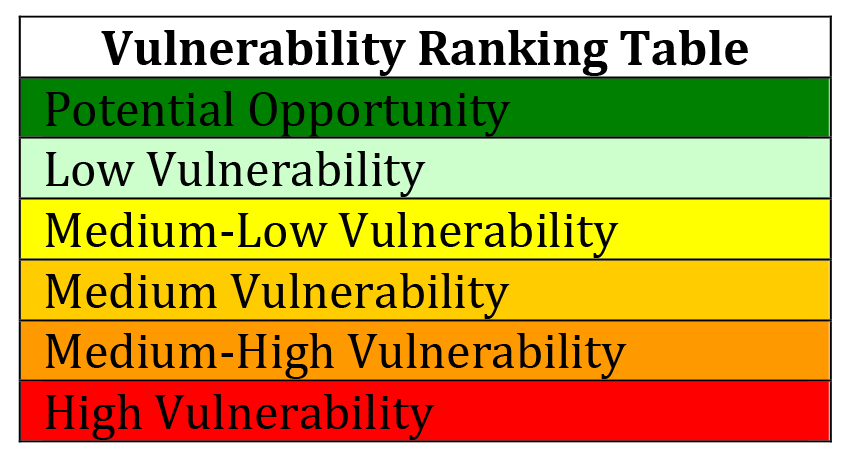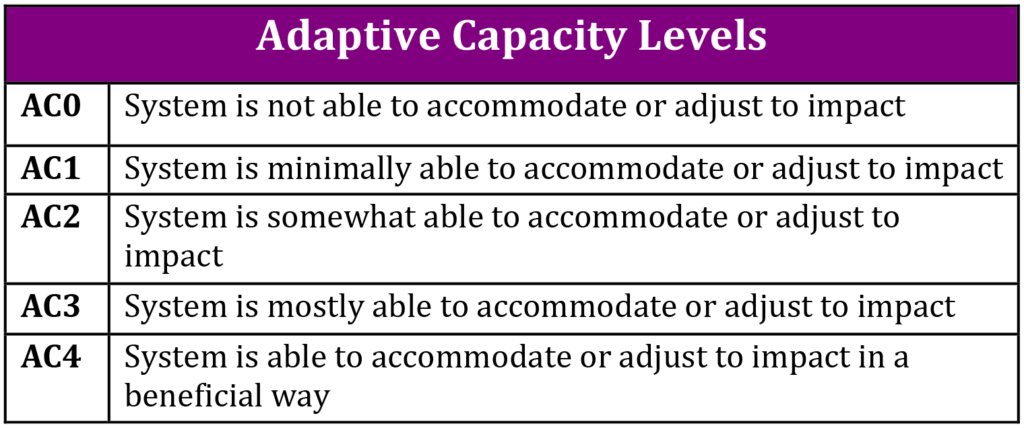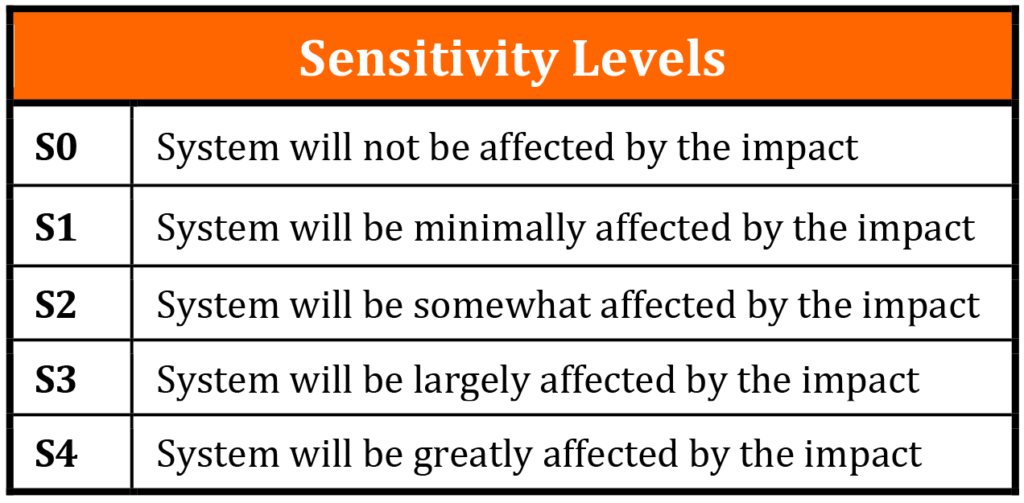Step 3: Assess Vulnerability
Assess the vulnerability of the Tribe’s key concerns to better understand how species, resources, and assets may be affected by climate change and to support the development of adaptation actions.
Step 3 Content
Click the icon above (or scroll lower on the page) to directly access the main Step content.
Step 3 Checklist
Click the icon above to download an easy-to-use checklist to use while working through Step 3.
Step 3 tribal Examples
Click the icon above to see examples from Tribal climate initiatives across the US specific to Step 3.
Activity 1: Select Vulnerability Assessment Approach
A vulnerability assessment deepens the community’s understanding of how different species, resources, and assets could be affected by climate change and supports the Tribe’s development of actions to adapt to climate change.
“Yurok elders have a good understanding of how the environment has changed over a relatively short period of time (less than 200 years). While not always attributable to climate change, these changes often reflect ecosystem loss and environmental degradation that resulted from the loss of autonomy and self-determination regarding management of resources, lands, waters, and ecosystems within the last 150 years. Additionally elders’ experience provides a benchmark of how less disturbed ecosystems should function.”

Guiding Questions
Helpful questions to consider during this activity.
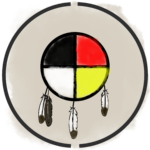
Traditional Knowledges
Considerations for integrating and protecting
Traditional Knowledges during this activity.
Activity 2: Determine Relative Climate Change Vulnerability
Relative vulnerability rankings can help focus the Tribe’s adaptation planning efforts on the most vulnerable key concerns.
“Many cultural resources are non-renewable resources. They can be one day or thousands of years old. Their destruction is a gross violation of everything we value.”

Guiding Questions
Helpful questions to consider during this activity.

Traditional Knowledges
Considerations for integrating and protecting
Traditional Knowledges during this activity.
Activity 3: Select Priority Planning Areas
Given limited time and resources, determine priorities to begin taking action to enhance resilience.
“We chose to start the climate change adaptation planning process by focusing on three sectors that are likely to be affected by these changes in the near future – Water Resources, Human Health, and Emergency Management.”

Guiding Questions
Helpful questions to consider during this activity.

Traditional Knowledges
Considerations for integrating and protecting
Traditional Knowledges during this activity.
